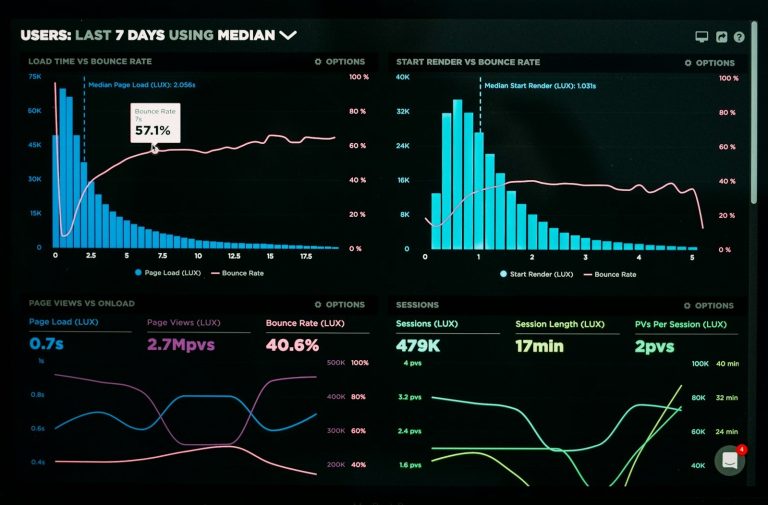In the realm of Search Engine Optimization (SEO), a crucial yet often overlooked aspect is the alignment between the content presented on a website’s landing page and the keywords for which the page ranks. This alignment is vital for retaining organic search visitors and reducing the bounce rate—a metric that indicates the percentage of visitors who leave the site after viewing only one page. The essence of this strategy lies in fulfilling the visitors’ search intent, thereby enhancing user satisfaction and contributing positively to the site’s SEO metrics.
Understanding Bounce Rate in SEO
The bounce rate is a significant indicator of a webpage’s relevance and quality in relation to the user’s search query. A high bounce rate often suggests that the site failed to offer the content or solution the visitor was seeking, prompting them to return to the search results in search of better answers. Such behaviour negatively impacts the site’s search engine ranking over time, as search algorithms interpret the quick departure as a lack of relevance or quality.
The Role of Content-Keyword Alignment
Content-keyword alignment refers to the coherence between the keywords that a webpage ranks for and the actual content presented on the page. This alignment is essential for several reasons:
• Meeting User Expectations: When users click on a search result, they expect to find content that directly addresses their query or need. If the content does not match their expectations set by the keywords or the snippet shown in the search results, they are likely to leave the site immediately.
• Improving User Engagement: Properly aligned content encourages visitors to spend more time on the site, exploring additional pages and engaging with the content. This increased engagement signals to search engines that the site is valuable and relevant to the user’s needs.
• Enhancing SEO Performance: Search engines aim to provide users with the most relevant results for their queries. When a webpage effectively satisfies a user’s search intent through aligned content, it is more likely to be favoured by search algorithms, leading to better rankings and visibility.
Strategies for Aligning Content with Keywords
To achieve content-keyword alignment and reduce bounce rates, website owners should consider the following strategies:
• Keyword Research and Intent Analysis: Conduct thorough keyword research to understand the terms and phrases your target audience uses. Beyond identifying high-volume keywords, analyse the intent behind these searches to tailor your content accordingly.
• Content Evaluation and Optimization: Regularly review your landing pages to ensure that the content remains relevant and aligned with the keywords you target. Update your content to reflect changes in user behaviour and search trends.
• User Experience Optimization: Enhance the user experience by ensuring that your site is easy to navigate and the content is easy to consume. A positive user experience encourages visitors to stay longer and interact with your content.
• Performance Monitoring: Use analytics tools to monitor your site’s bounce rate and other engagement metrics. These insights can help identify pages that may require content optimization or adjustments in keyword targeting.
In conclusion, the alignment between a webpage’s content and its target keywords is a foundational aspect of effective SEO. By ensuring that your landing pages meet the expectations set by their ranking keywords, you can significantly reduce bounce rates, improve user satisfaction, and enhance your site’s overall SEO performance.
About The Author:
Geoff Digital is a Senior SEO Consultant at Gtec Media Ltd
Contact: @geoffdigital



